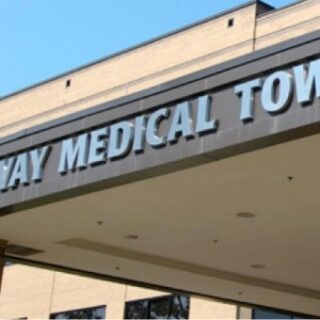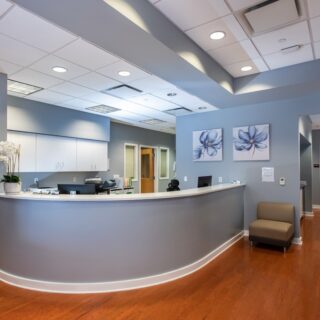Get back to your life — pain-free.
A member of our patient care team would be happy to walk you through what to expect, answer your questions and help you get started with your treatment process.
The great majority of pelvic pain is from misdiagnosed GYN conditions such as endometriosis and adenomyosis. Every women should be able to live a pain-free life without the stress, anxiety, and lifestyle disruption of chronic pelvic pain. Avoid “delay in care” with repeated imaging studies with inconvenience and increased cost, and with referrals to urologists and gastroenterologists that perform unnecessary tests and cannot diagnosis the cause.










